March 13, 2023
Today in Microsoft Flight Simulator, I’ll be flying the Russian MiG-21, a Cold War icon that was produced in larger numbers than any other supersonic jet fighter in the world.

The MiG-21 was produced by the Soviet state design bureau led by Artem Mikoyan (right) and Mikhail Gurevich (left).

Founded in 1939, the bureau achieved modest success during World War II, but broke through as a leading designer of jet fighters with the swept-wing MiG-15, which contended with US aircraft for control of the skies during the Korean War.

But by the mid-1950s, the U.S. was introducing a new, second generation of jet fighters – exemplified by the F-104 Starfighter, capable of exceeding speeds of Mach 2.

The MiG-21, introduced in 1959, was the Soviet response. Like the F-104, it was essentially a big jet engine with a cockpit strapped on top.
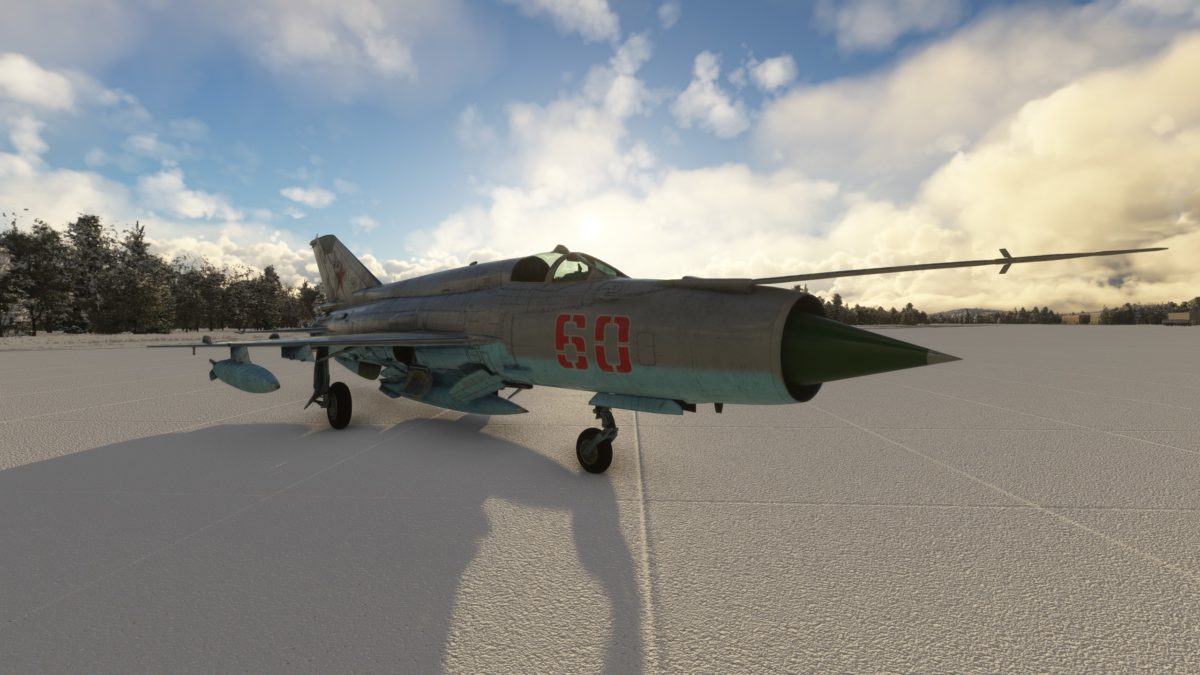
The power plant, in this case, was a single Tumansky R-25, capable of producing over 9,000 lbs of thrust at full throttle, and up to 21,825 lbs with afterburner.

The most recognizable feature of the MiG-21 was the engine air intake on the nose, covered by a “shock cone”. The shock cone’s purpose was to slow the air entering the intake to maximize efficiency, and could be extended out at higher speeds or retracted in a lower speeds.
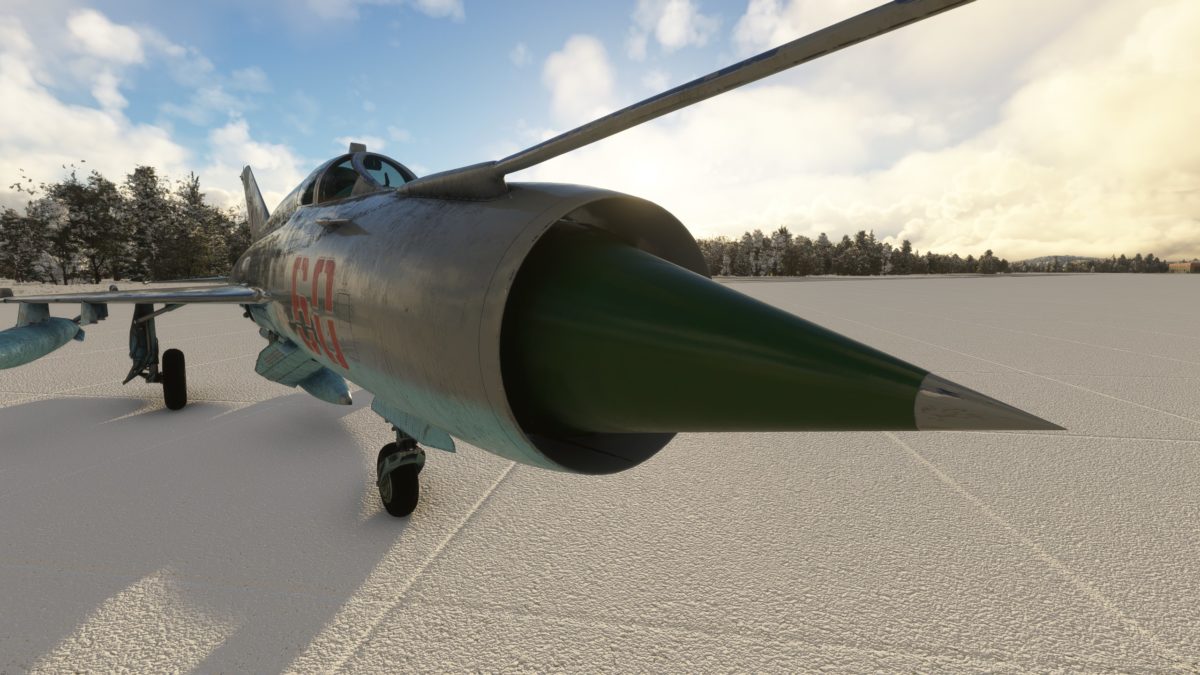
The spear-like boom projecting from the nose carries the atmospheric sensors for air pressure, airspeed, and angle of attack out in front, before the airflow is disrupted by the plane itself.

To reduce drag and increase speed, the MiG-21 had a triangular-shaped delta wing, which earned it the Russian nickname “balalaika”, after the stringed folk instrument. The Poles called it the “pencil” due to its long, thin fuselage.
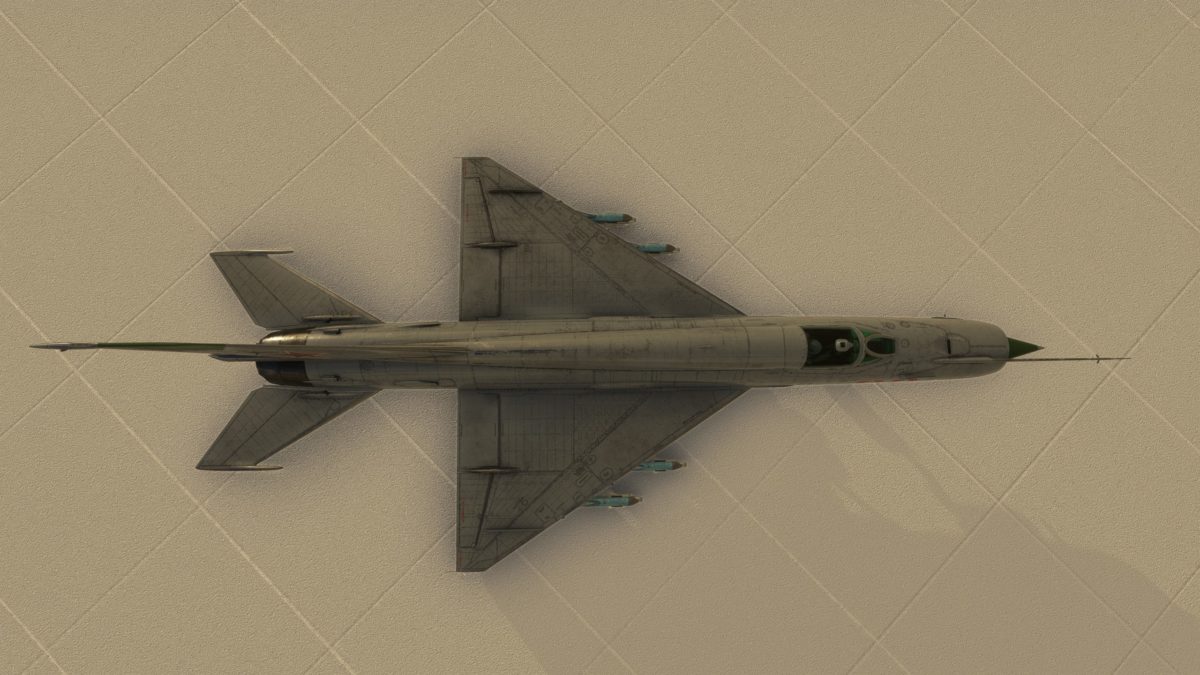
The MiG-21 was intended primarily as an aerial interceptor, so I’ve loaded it today with K-13 air-to-air heatseeking missiles, two under each wing. The story behind them is an interesting one.

In 1958, a Taiwanese F-86 Sabre fired an AIM-9 Sidewinder missile at a Red Chinese MiG-17 over the Taiwan Straits. It failed to explode, and was handed over to the Russians, who reversed engineered it. The K-13, dubbed “Atoll” by NATO, was a direct knockoff.
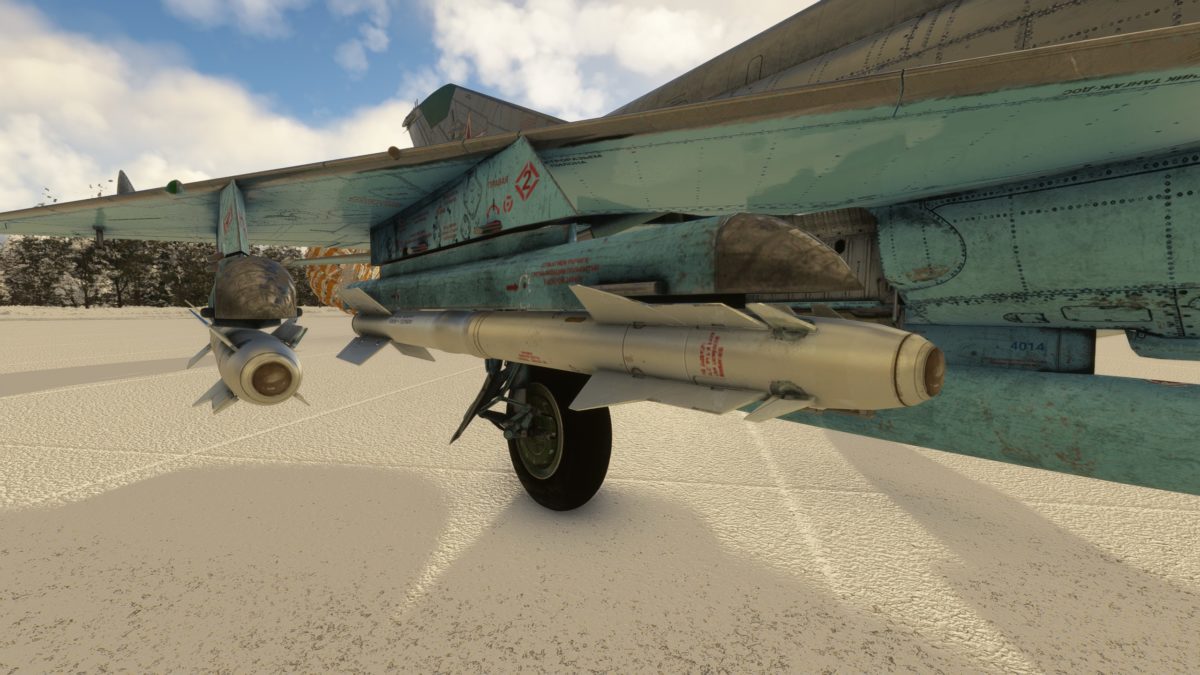
The missiles were not yet available when the MiG-21 was first unveiled, so it was equipped with a 23mm cannon attached to its belly. As we shall see, this gun proved critical to its success.

Next to the gun, on either side, are speed brakes, panels that can be lowered to slow the plane down quickly when needed.
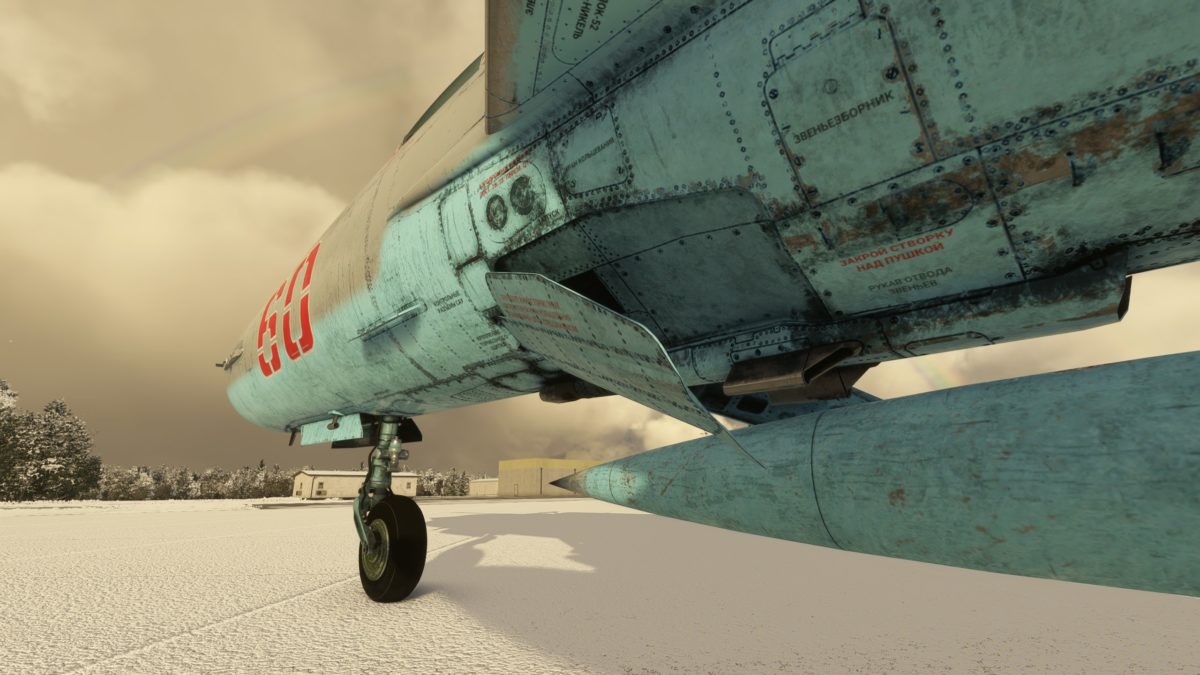
The wheel wells also serve as a maintenance hatch for accessing many of the MiG-21s critical systems. The little white bottle contains compressed air for operating the landing gear brakes. Pilots had to use it sparingly; once it ran out, no brakes.

To give the smallish flaps greater lift, compressed air from the engines is released over their upper surface. Faster airflow = lower pressure = greater lift. “Blown flaps” like these, also used on the F-104, are a rarity because they are complex to maintain and were useless in an engine failure.

The protrusion over the engine nozzle contains the parachute that can be deployed to slow the MiG-21 on landing.

The cockpit of the MiG-21 is a bit of a confusing jumble, and that’s before I realized it was all labeled in Russian. It took me some time to figure out what was what.

To the left, as usual, is the throttle and a number of switches related to landing gear, flaps, and trim.

To the right is a bank of switches mainly devoted to lights, communications, and avionics.

Figuring out – and remembering – where the main instruments are was a bit of a challenging task. Most of the gadgets on the upper left are related to weapons controls, while a mach and angle of attack gauge are located on the upper right.

On the far left, from top to bottom, are the airspeed indicator in km/h, a barometric altimeter, and a radar altimeter. To their right are an attitude indicator (top) and heading indicator (bottom). To their right is a combined turn coordinator/vertical speed indicator (top), true airspeed indicator, and a clock (bottom).

This version of the MiG-21 is a “bis”, introduced in 1972, with more advanced avionics. So in addition to the main engine gauges (right), it has a large radar scope at the center-right of the instrument panel.

Looking up, there’s a rearview mirror. There’s also a special console below it for managing nuclear weapons. We’re not fooling around here.

Like the F-104, the MiG-21 was one of the first fighter jets to feature an ejection seat. In early models, the hatch opened forward to shield the pilot from the oncoming rush of air. In later models, like this one, it opens to the side.

This afternoon I’m at the Russian airbase at Monchegorsk, about 100km south of Murmansk, where Soviet MiG-21s were based in the 1970s to intercept American bombers in the event of a nuclear war.

I’ve set my flaps down 25 degrees. The takeoff speed of the MiG-21 is about 175 knots, or 320 km/h on my airspeed indicator, and I have less than 8,000 feet of runway to reach that.

Even with full afterburners, I’ve found that it takes about 6,000 feet of runway for the MiG-21 to get off the ground fully loaded, which matches what I’ve been able to find from other sources on the internet.

The ice crystals in the air this winter afternoon are forming double rainbows over downtown Monchegorsk, established by Stalin in the 1930s as a work settlement for mining copper and nickel. Today it has a population of 42,000, declining rapidly.
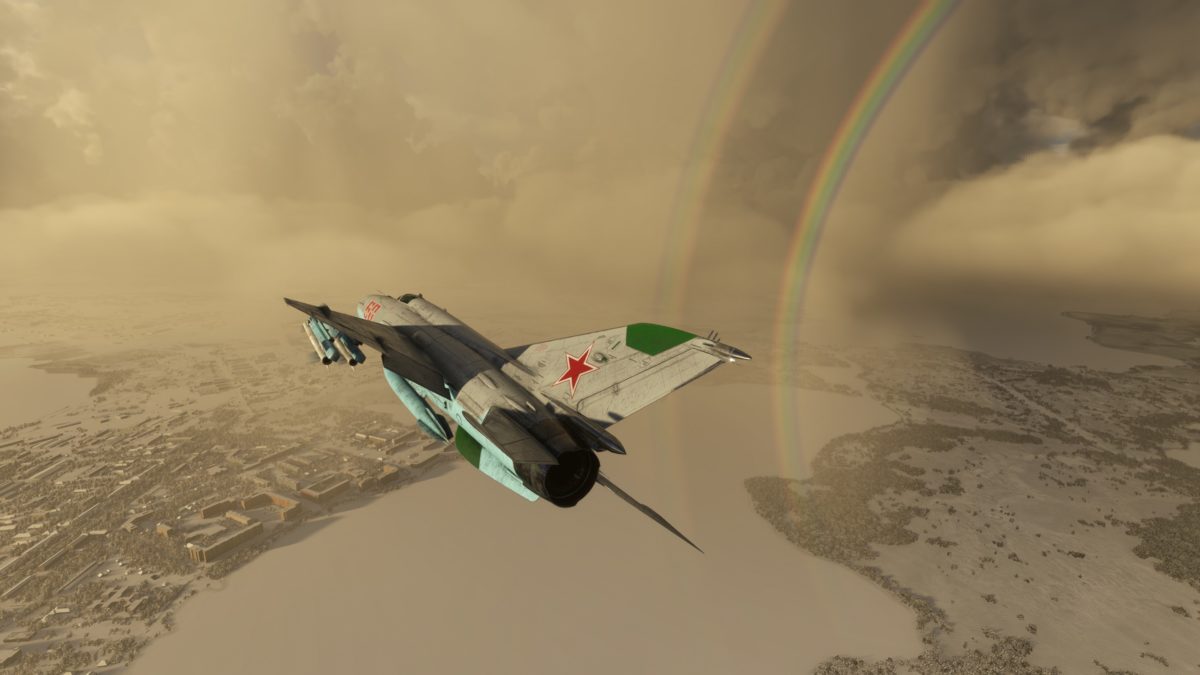
The emptying of the MiG’s internal fuel tanks alters its center of gravity and makes it unstable. This severely limits its range and time in the air to about 45 minutes.

To overcome this, most MiG-21s flew with at least one external tank, like the one I’ve attached to the centerline today. Other tanks can be attached to the wings, if needed – but at the expense of weapons.
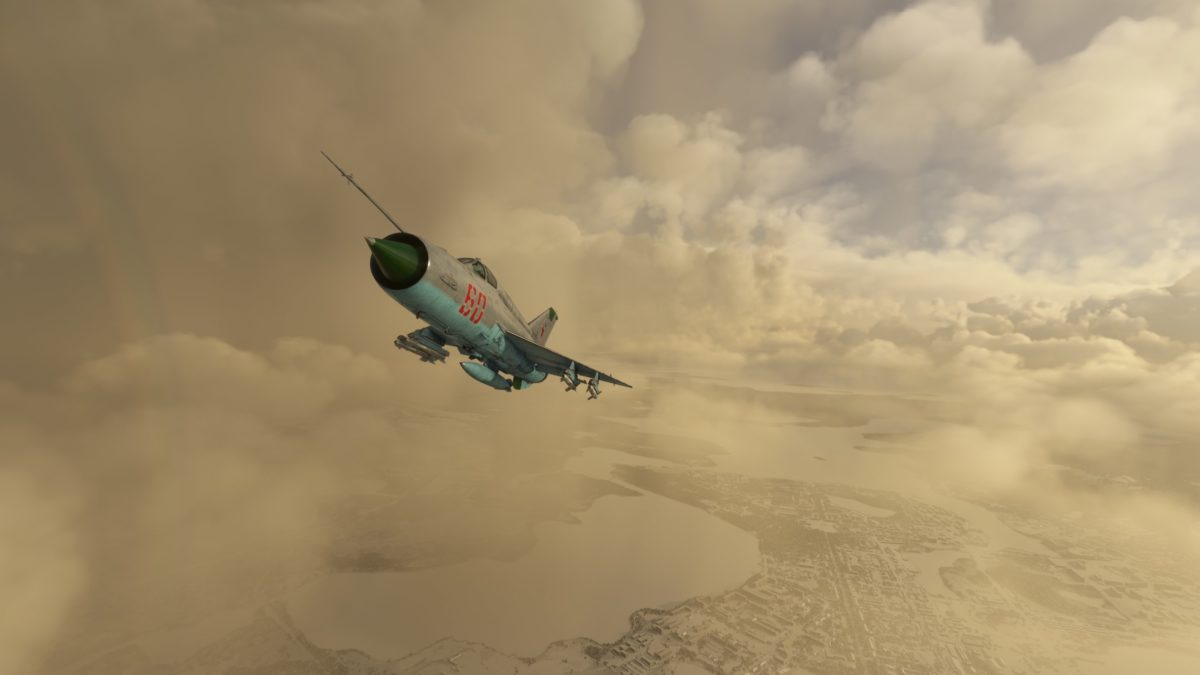
In addition to normal afterburners, the MiG-21 could inject a second, “emergency” stream of fuel into its exhaust, giving it a performance boost for a maximum of three minutes.

This boost gave it a thrust to weight ratio slightly better than 1:1, and a climb rate of 254 meters (833 feet) per second, matching the (much later) F-16.

It had a service ceiling of 17,000 meters (almost 56,000 feet) which it could reach in 8 minutes 30 seconds. I’m barely at 11,000 feet here, but that’s because I want to be able to find my way home.

One issue with the nose intake and shock cone is that it leaves very little room for radar. Initially, this wasn’t a seen as problem because Soviet doctrine relied on ground radar stations to guide interceptors to their target.
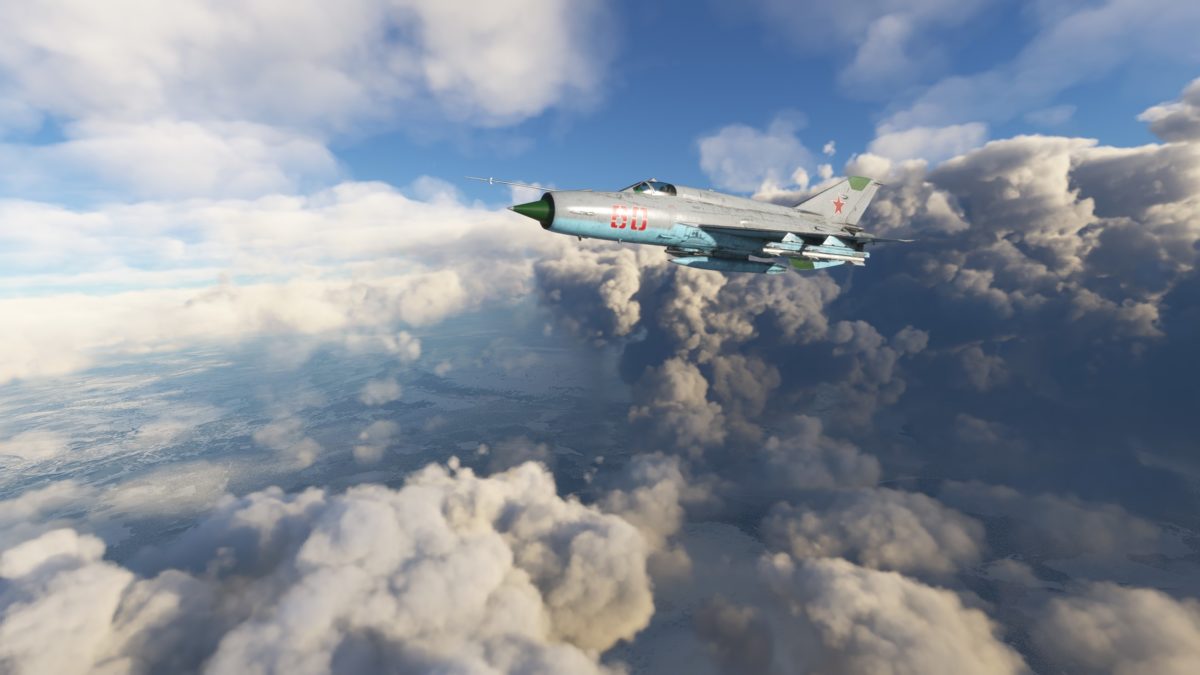
Looks like a false alarm: no American B-52s coming to obliterate the Motherland, at least not today. We better return back to Monchegorsk.

The MiG-21 lands fast, at 365 km/h, or almost 200 knots. And to avoid sinking rapidly, it has to approach at closer to 450 km/h. I found landing the MiG-21 quite challenging, and had to do multiple go-arounds.

Even then it’s easy to clunk down very hard on the runway, if you’re not careful. Fortunately, once you are on the ground, there’s a chute to deploy to slow you down quickly.

One little problem is that the ejector seat only works safely above 110 meters (360 feet). With flaps and landing gear down, it’s very easy to get behind the power curve and fall short of the runway.

NATO forces gave the MiG-21 the code name “Fishbed”, a rather unappealing moniker for their premier fighter jet that the Soviets found insulting.

Fishbed or not, the Russians saw a promising export market for the MiG-21. The very first customer, surprisingly, was Finland.

As neutrals in the Cold War, the Finns had a “treaty of friendship” with the Soviets that barred them from buying advanced combat planes from the West.

As I mentioned in another post, one way the Finns got around this was by buying French-made Magisters as training jets that could be converted to attack aircraft in a pinch.

However, in 1962, Nikita Khrushchev offered Finland the chance to buy a truly top-shelf fighter jet, which the Finns snapped up right way, eventually accumulating a fleet of 54 of them.
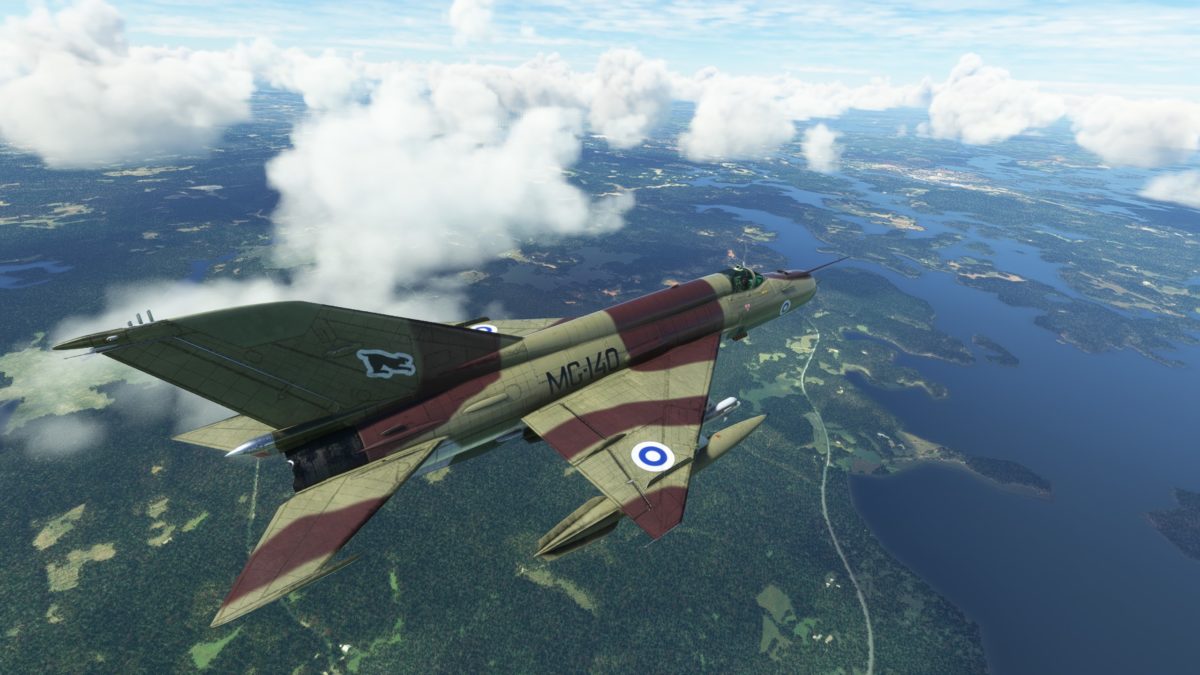
About 20 years later, the Finns upgraded to the MiG-21bis, like the one shown here. Finland’s air force actually continued flying MiG-21s until 1998, when they were replaced by the American F/A-18.

Only after Finland were the Soviets’ Warsaw Pact allies equipped with the MiG-21. This one, flying over the Elbe River, belongs to East Germany.

Instead of air-to-air missiles, it is equipped (and camouflaged) for a ground attack role with a UB-32 rocket pod and a 500kg (1,100 lbs) bomb under each wing.

Had Soviet tanks ever rolled through the Fulda Gap in an all-out assault on NATO, MiG-21s like this one would have helped clear the way. Of course, that scenario never came to pass.
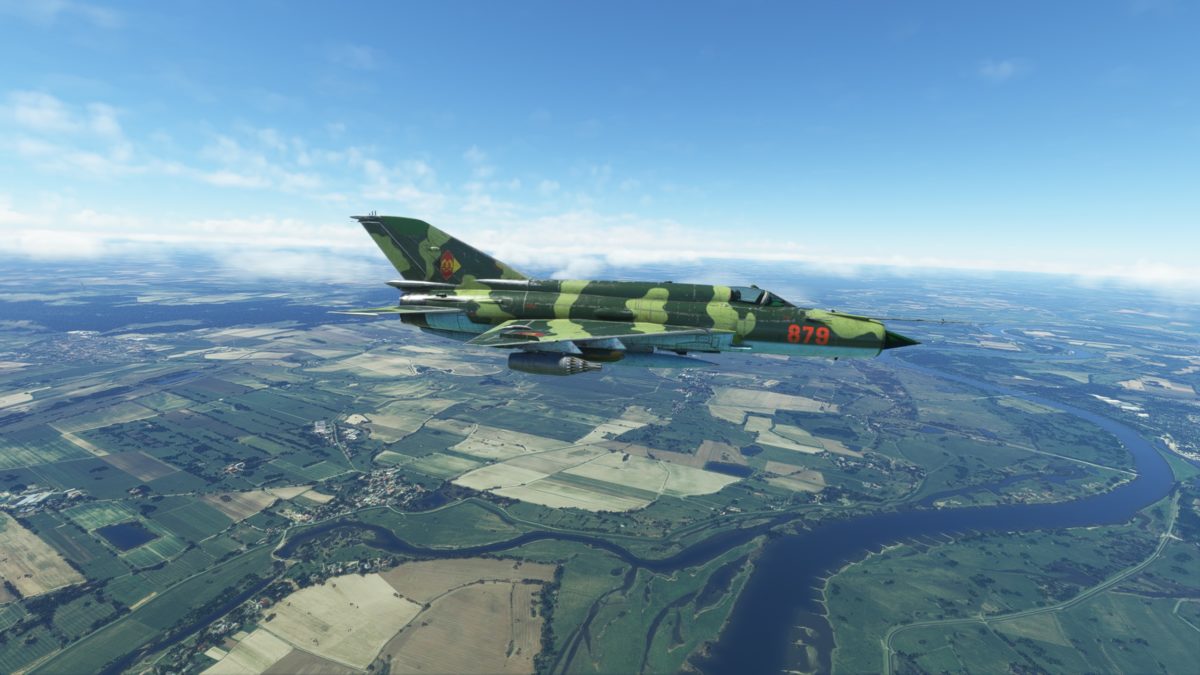
That does not mean the MiG-21 never went head-to-head with its U.S. adversaries. It did, in the skies over North Vietnam.

Starting in 1966, the Soviet Union provided North Vietnam with MiG-21s to defend against the U.S. bombing campaign called Operation Rolling Thunder.

I’m in one of them taking off from the Gia Lam airbase just north of Hanoi.
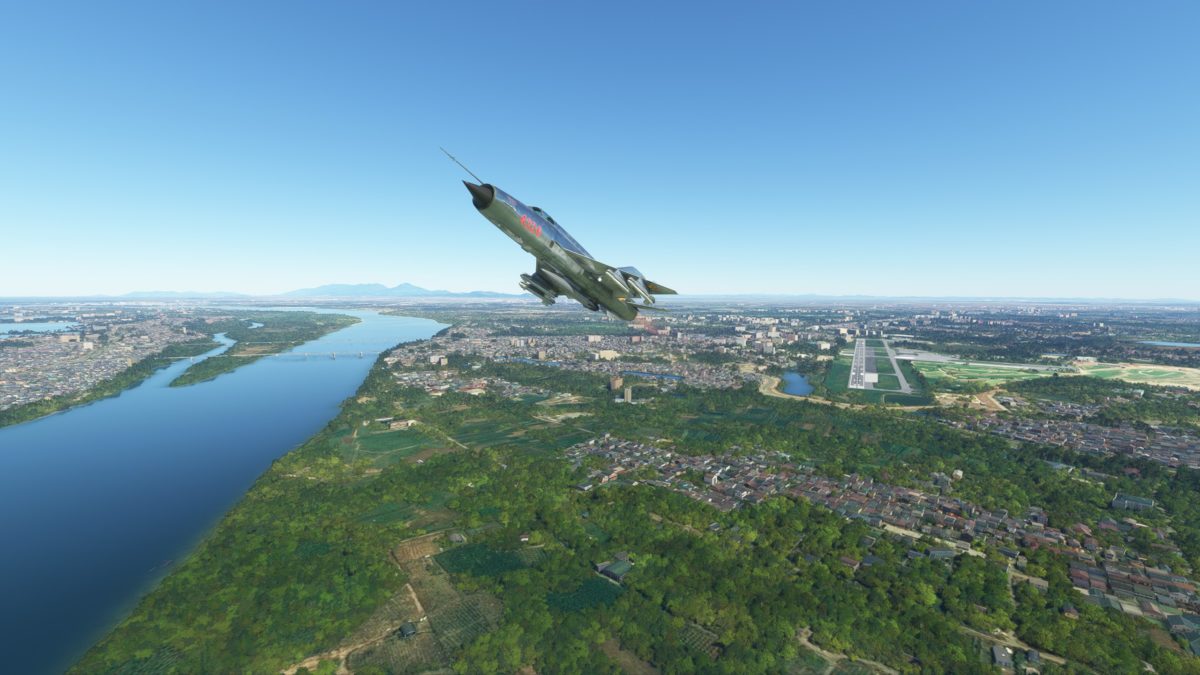
The North Vietnamese relied on the Soviet method of using ground-based radar stations to direct the MiG-21s towards incoming U.S. planes.

In their first encounters, the Vietnamese pilots found themselves outmatched and were quickly shot down. But those who ejected and survived quickly learned to adapt.
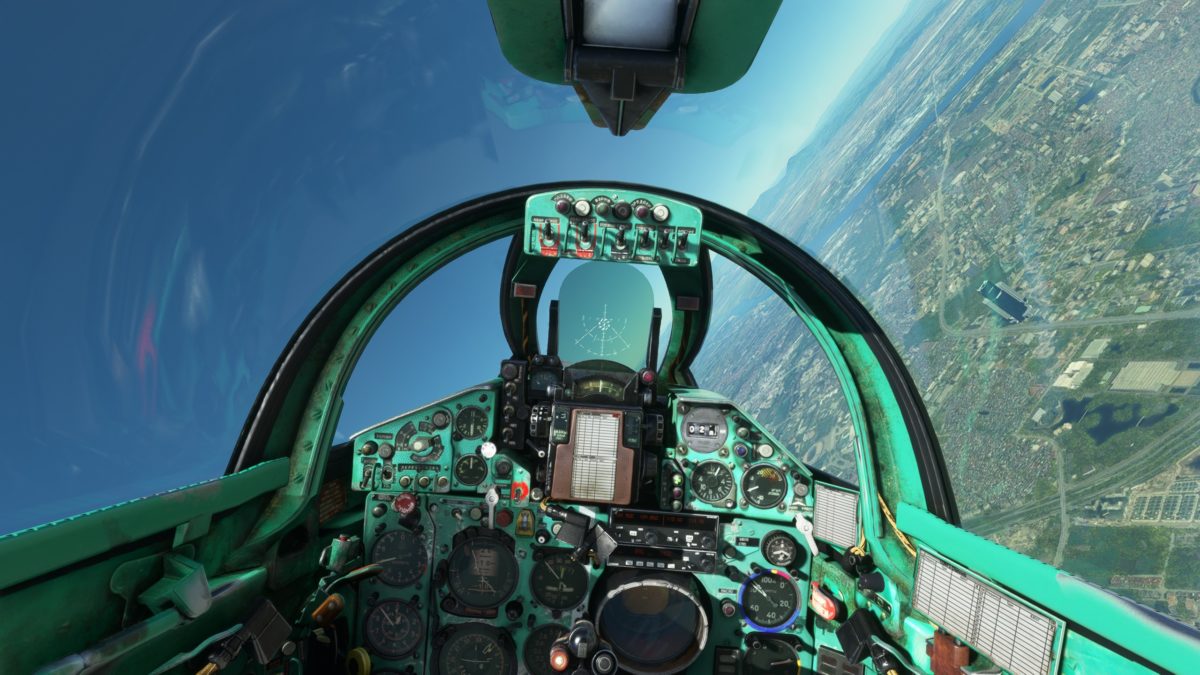
Their primary foe was the F-4 Phantom, a more advanced “third-generation” multirole jet flown by the U.S. Air Force, Navy, and Marines.
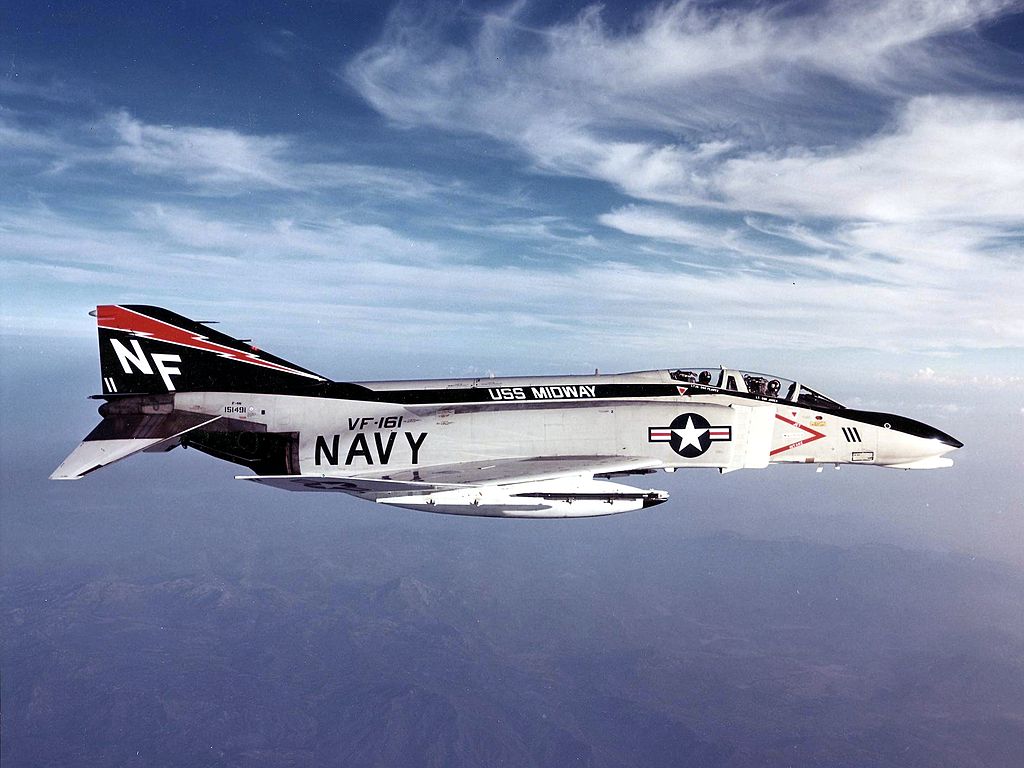
Equipped with sophisticated electronics, the F-4 relied primarily on radar to detect enemy planes and missiles to engage them at a distance, rather than engaging in close-in dogfights.

The North Vietnamese soon found that they could utilize the MiG-21’s superior speed and agility to launch ambushes on the F-4s before they knew what hit them. Their tactic was dubbed “one pass, then haul ass.”
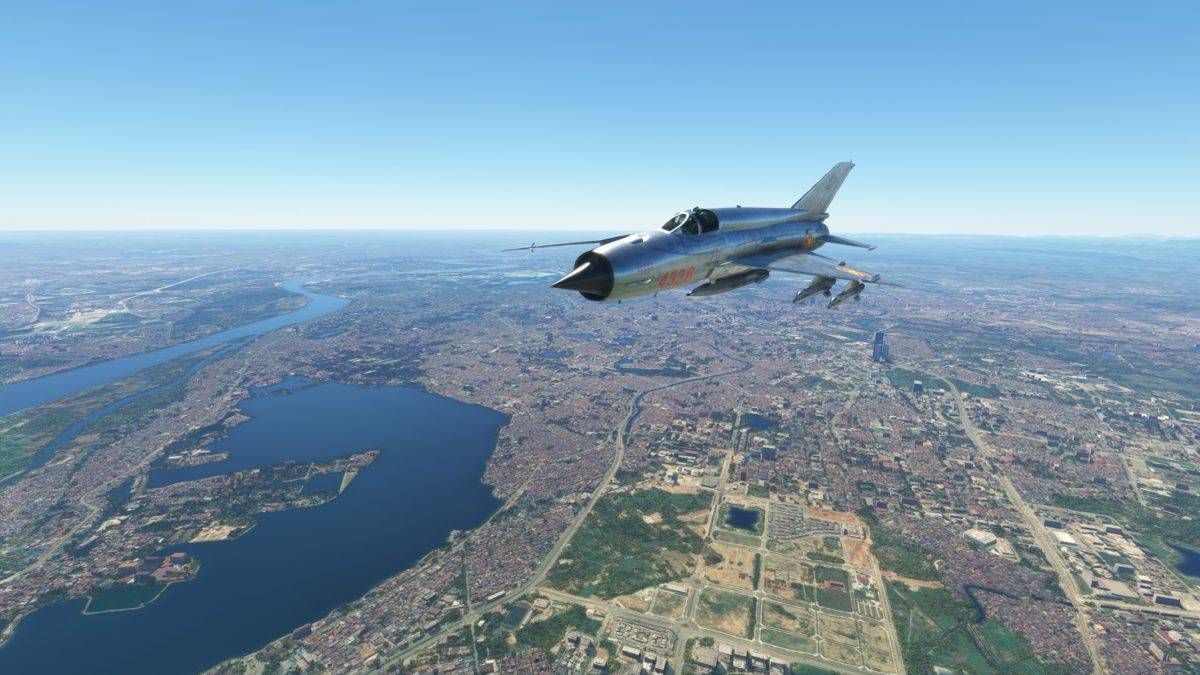
The MiG-21 had dogfighting weaknesses of its own. Its stubby delta wings gave it poor turning abilities in a sustained close-in fight.

But its bursts of speed, along with its capable short-range Atoll heat-seeking missiles and 23mm cannon gave it an unexpected edge against its more “advanced” opponent.

13 North Vietnamese pilots qualified as aces in the MiG-21, including Nguyễn Văn Cốc (below) who scored nine kills.

All told, from 1966 to 1972, the North Vietnamese claimed 165 kills (including 103 F-4 Phantoms) at a cost of 65 Mig-21s (including 60 shot down by F-4s).

The North Vietnamese MiG-21s even claim to have shot down at least one high-altitude B-52 bomber, though the U.S. attributes it to a SAM (surface-to-air missile).

The lethality of the MiG-21 gave rise to the legend, among American pilots, of the ominously named Colonel Tomb. Tomb or Toon was allegedly had 13 kills before he was shot down by F-4 pilot and later Congressman Randy “Duke” Cunningham in May 1972.

In fact, Colonel Tomb. like “the ghost of Kyiv”, was a myth. The legend may have been due to the fact that North Vietnamese pilots shared MiG-21s, and the kills painted on any one MiG (like the 13 red stars on this one) could be attributed to several different pilots.

In any case, the harsh lessons learned from fighting (and losing to) MiG-21s over North Vietnam led the U.S. Navy to establish its Fighter Weapons School, known as “TOPGUN”, in 1969 to re-learn the dogfighting tactics they had once dismissed as irrelevant in an age of missiles.

The combat success of the MiG-21 made it an enticing perk for countries willing to align more closely with the Soviet Union. Egypt, Syria, and Iraq all acquired fleets of MiG-21s for their air forces in the 1960s.

Here I’m taking off from Inshas Air Base on the eastern edge of Egypt’s Nile River Delta, to match wits with the Israelis over the Sinai.

In 1967, Egypt’s entire fleet of MiG-21s were caught on the ground by the surprise Israeli attacks that started the Six Day War. Out of 110, 100 were destroyed before they could take off.

In the war’s aftermath, Israel occupied the Sinai Peninsula for 15 years, until the Camp David Accords let to Israel’s withdrawal in 1982.

The Suez Canal became the front line, and was closed to all shipping for eight years, until 1975.

During this period, Egyptian MiG-21s regularly skirmished with Israeli third-generation F-4 Phantoms and A-4 Skyhawks, in dogfights that often turned fatal.

By all accounts, the MiG-21s – once they got airborne – gave as good as they got, and Israeli losses steadily mounted.

Some reports say that in 1970, the Soviet Union sent its own pilots and planes to take part in the action. Though their losses alarmed the Russians, they were able to pressure Israel into a ceasefire.
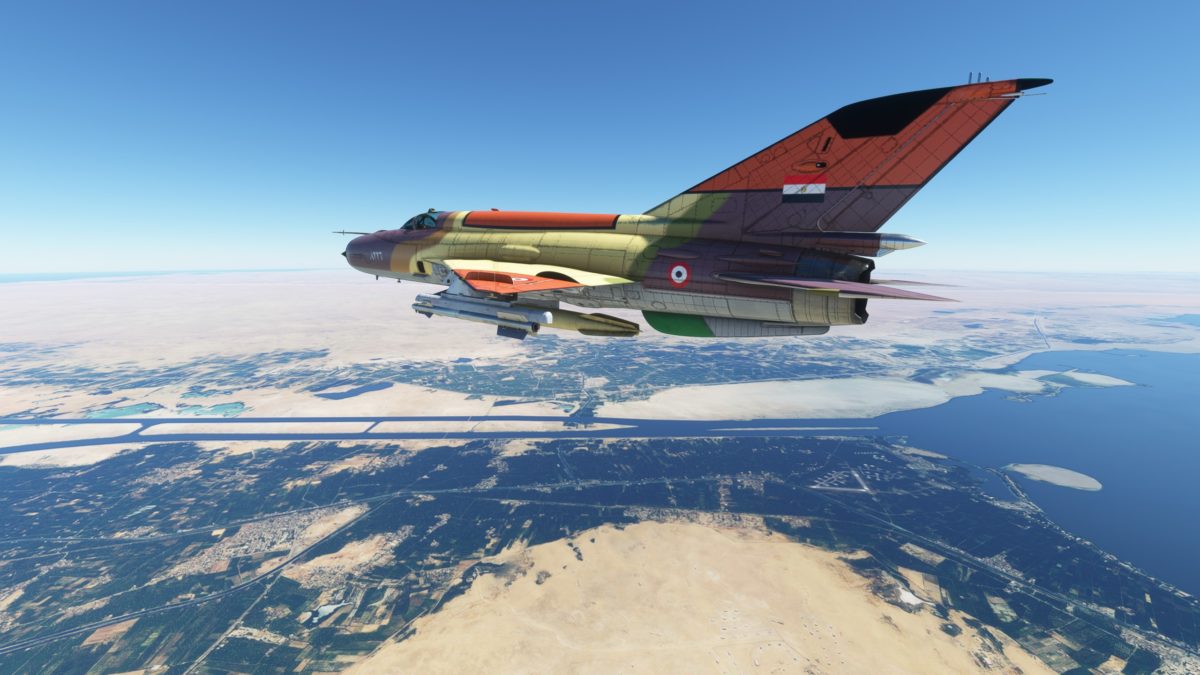
In a few short minutes we’ve reached the Suez Canal, with the city of Ismailia below us, founded in 1863 as part of the canal’s construction.

One of the major selling points of the MiG-21, for countries like Egypt, was its relative simplicity and low maintenance requirements. Ground crews said that turning one around was all but a matter of changing the oil and topping off the fuel, before it could take off again.

Effective, long-lasting, and relatively cheap to operate, MiG-21s were sometimes dubbed the AK-47 of airplanes and proliferated accordingly.

However, after the 1973 Yom Kippur War, Israeli was able to upgrade its warplanes to fourth-generation F-15 Eagles and F-16 Falcons, with combined advanced electronics with more agile dogfighting ability.

These newer planes completely outclassed the MiG-21 in the skies, and took some of the shine off the appeal of Soviet-supplied weaponry, at least against top-shelf U.S. allies.

In other theaters, though, the MiG-21 continued to excel. India bought its first MiG-21s in 1961, and soon entered in a technology agreement with the Soviets to manufacture their own.

While they flew in the 1965 Indo-Pakistani War, India’s MiG-21s really proved their worth during the rematch with Pakistan in 1971.
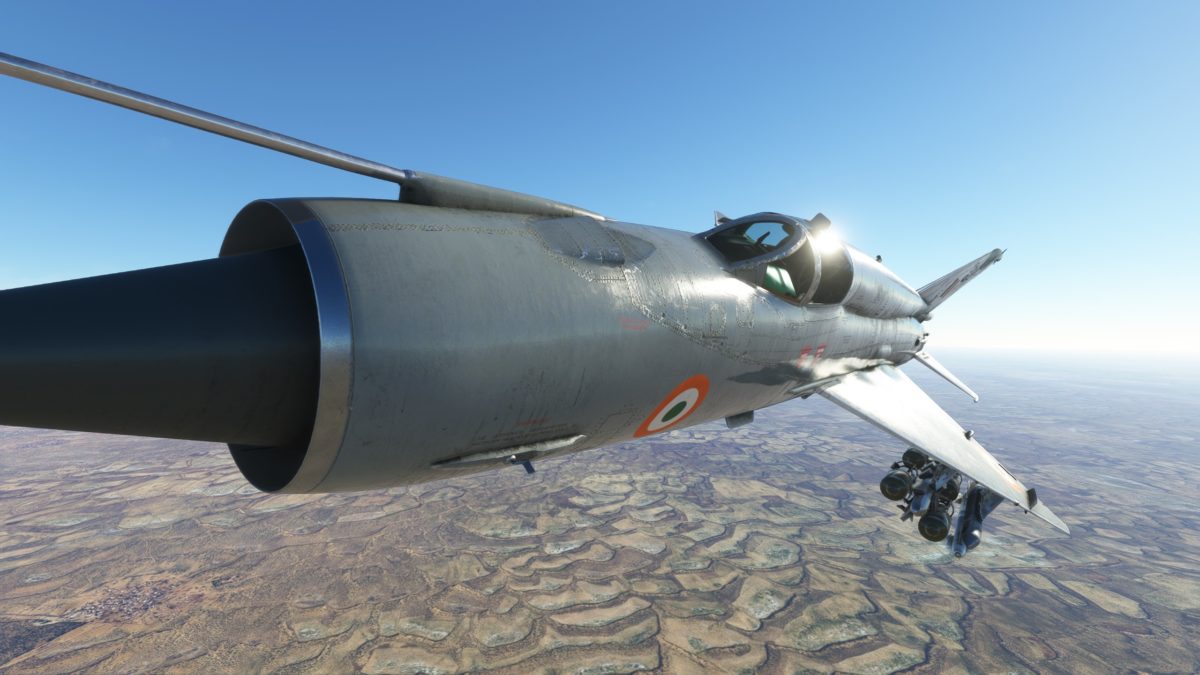
I’m flying over the Thar Desert, along the India-Pakistan border, where MiG-21s gave their supposed direct counterpart, the US-supplied F-104 Starfighters flown by Pakistan, a thrashing.

The Indian MiGs claimed to have shot down at least four F-104s, along with two Chinese-built F-6s (a MiG-15 copy), one F-86 Sabre, and a C-130 Hercules.

After the first few days, Indian MiG-21s controlled the skies and were able to focus their attention on ground attacks on targets in Pakistan.
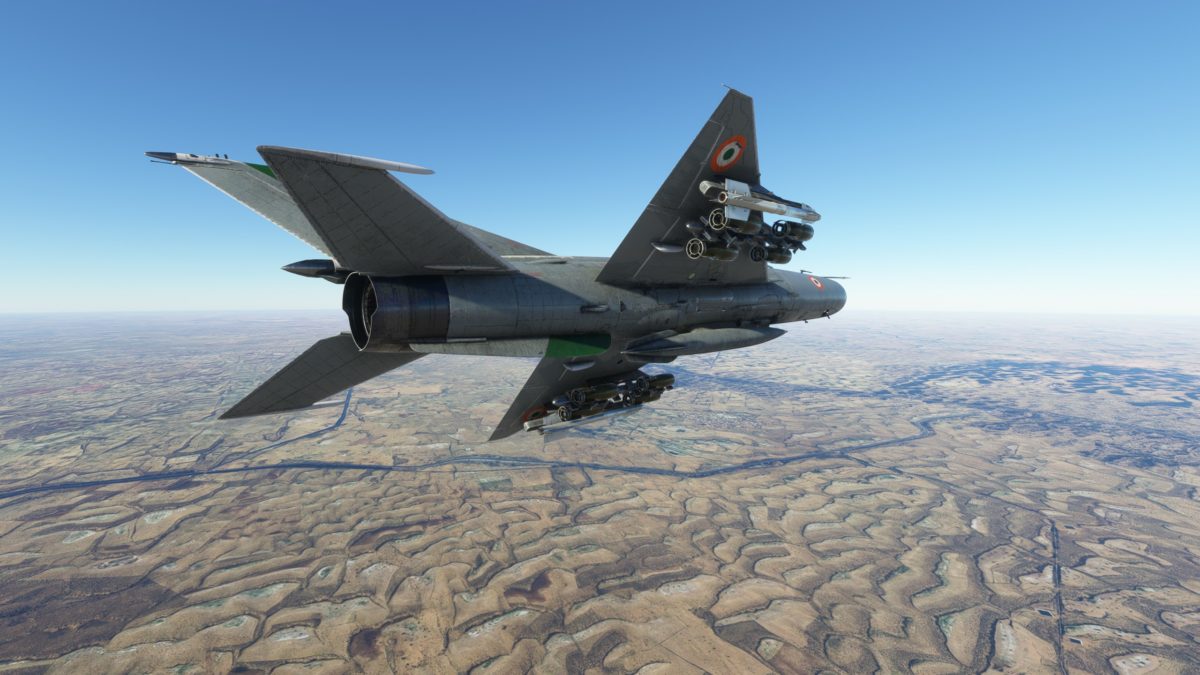
After the war, Pakistan dropped the F-104 from its fleet, and several countries like Iraq turned to India to train their MiG-21 pilots.

India ended up producing 840 of its home-built MiG-21s, and upgrading them to a version of the MiG-21bis which it dubbed the “Bison”. For years it served as the mainstay of the Indian air force.

While the intention has long been to phase them out in favor of more modern aircraft, India still has three squadrons flying MiG-21s.

In 1999, the MiG-21 saw combat here, high in the Himalayas, when they were used to beat back ground incursions by Pakistan troops along the Line of Control (LOC) near Kargil.

Operating in treacherous terrain, the Indian MiG-21s bombed and strafed Pakistani troops who had taken up position on Tiger Hill (in my sights straight ahead), at an elevation of 16,608 feet above sea level.

One MiG-21 was shot down by a shoulder-fired missile, but the Pakistanis were eventually forced to withdraw after several days of tough fighting.

More recently, in 2019, Indian MiG-21s even claimed to have shot down a Pakistani F-16 in a border skirmish – though the story is hotly disputed.

That said, India’s aging MiG-21s are not without their problems. Since 1971, over 400 of them have crashed in accidents, killing 200 pilots and 50 people on the ground.

The chronic problems are blamed on inadequate maintenance and poor quality replacement parts, as well as the plane’s lack of modern safety features.

Still, India continues to fly MiG-21s long after their expected retirement date due to difficulties acquiring more modern aircraft, and the fact that they still, despite everything, get the job done.

Another country that still flies the MiG-21, unsurprisingly, is Cuba, which reportedly retains a fleet of 12. Below me is downtown Havana.

The first MiG-21s were initially deployed to Cuba by the Soviets during the 1962 Cuban Missile Crisis. A year later, rather than bringing them home, these aircraft were transferred to the Cubans.

In the 1980s, the Cubans sent several MiG-21s, flown by Cuban pilots, to aid the Marxist government in Angola in its fight against US and South Africa-supported UNITA insurgents.

Several of the Cuban-flown MiG-21s were shot down by shoulder-fired missiles, and at least one was downed in dogfights with French-built South African F1 Mirages.

In all, over 60 countries have flown the MiG-21 at one time or another, including the East African island nation of Madagascar, pictured here. Some 18 countries still have it in their inventory.

Production continued from 1959 until it was halted in 1985, for 26 years. Until it was recently surpassed by the F-15 Eagle and F-16 Falcon, that was the longest production run of any combat aircraft in history.
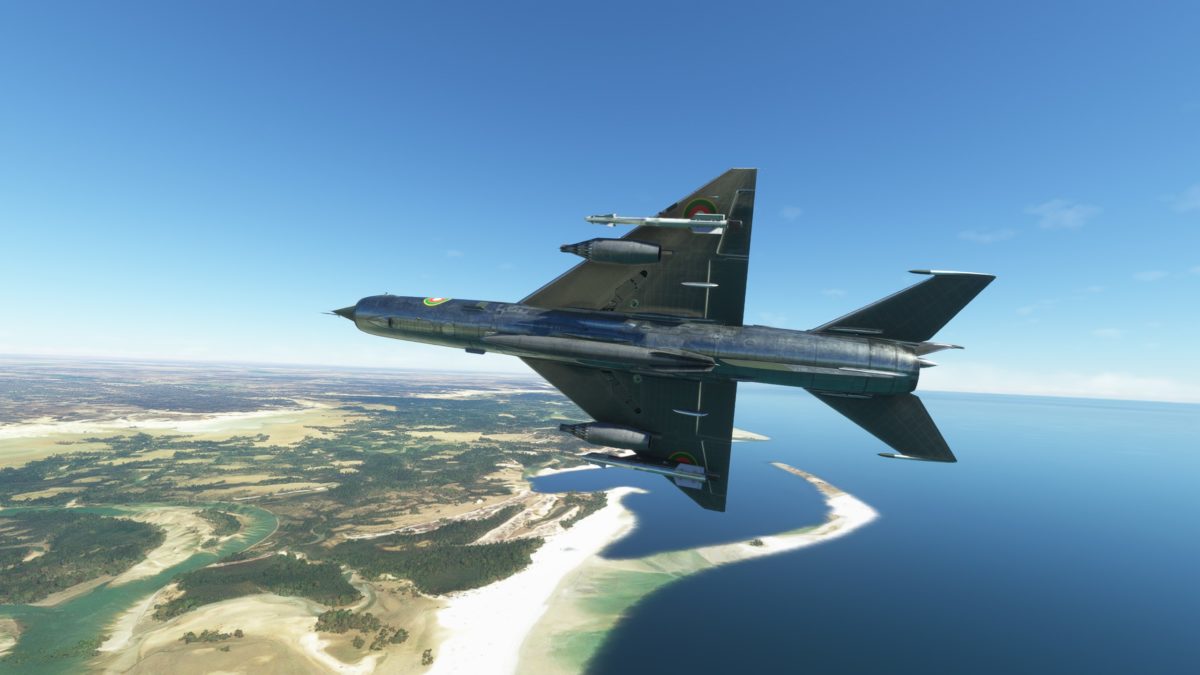
In addition to the 840 built by India, the Soviets built 10,645 and the Czechs 194. That’s a total of 11,496 planes, making the MiG-21 the most-produced combat aircraft since the Korean War, and the most-produced supersonic jet in history.

That’s not counting over 2,400 knock-off variants of the MiG-21 (called the Chengdu J-7) made by China and sold to at least a dozen other countries, and still flown by many of them.

The Russians shared partial plans for the MiG-21 with China in 1962, but when relations cooled, the Chinese reverse engineered the plane and started making it themselves. Production continued until 2013, and the J-7 (dubbed the “Fishcan”) is only now being phased out of active use in China’s air force.

In recent years, the MiG-21 has fought in smaller wars from the Congo to Ethiopia to Syria and Libya, providing both air superiority and ground support.

In the 1990s, after the Berlin Wall fell, the MiG-21 came back into play in Europe. When Yugoslavia broke up into civil war, it brought all of its MiG-21s back to bases in Serbia.
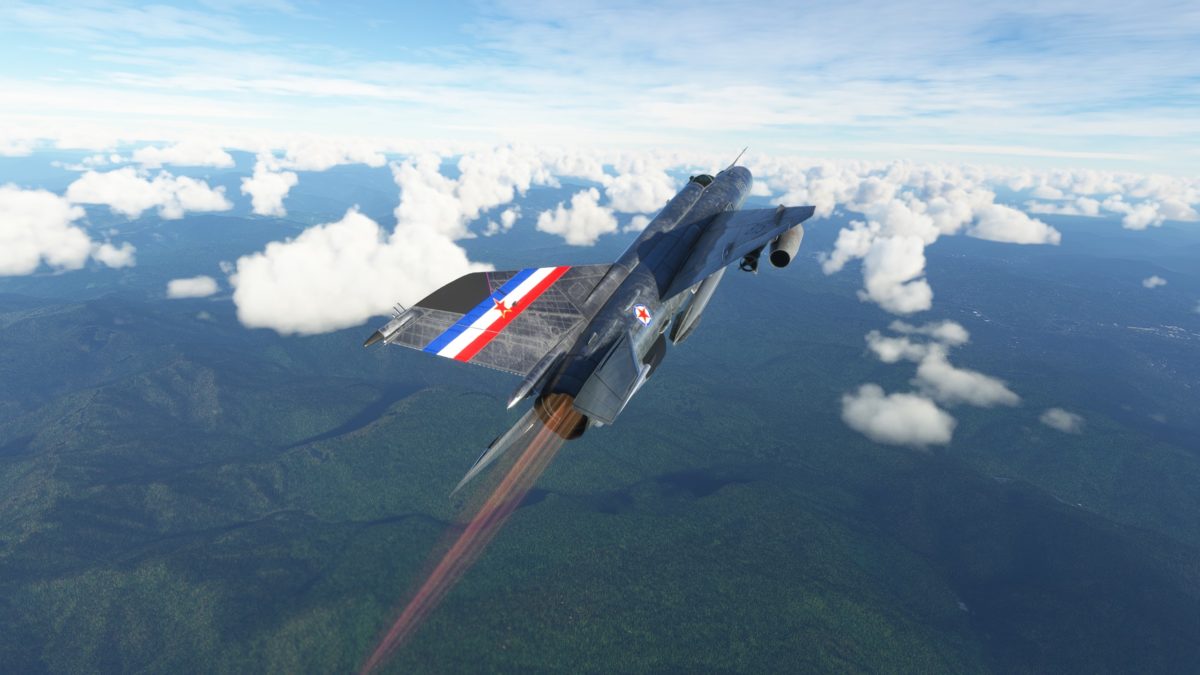
Those MiG-21s were used in an attack role against Croatian, Slovenia, and Bosnian troops on the ground, who lacked their own aircraft. Nevertheless, several were shot down by AA fire.
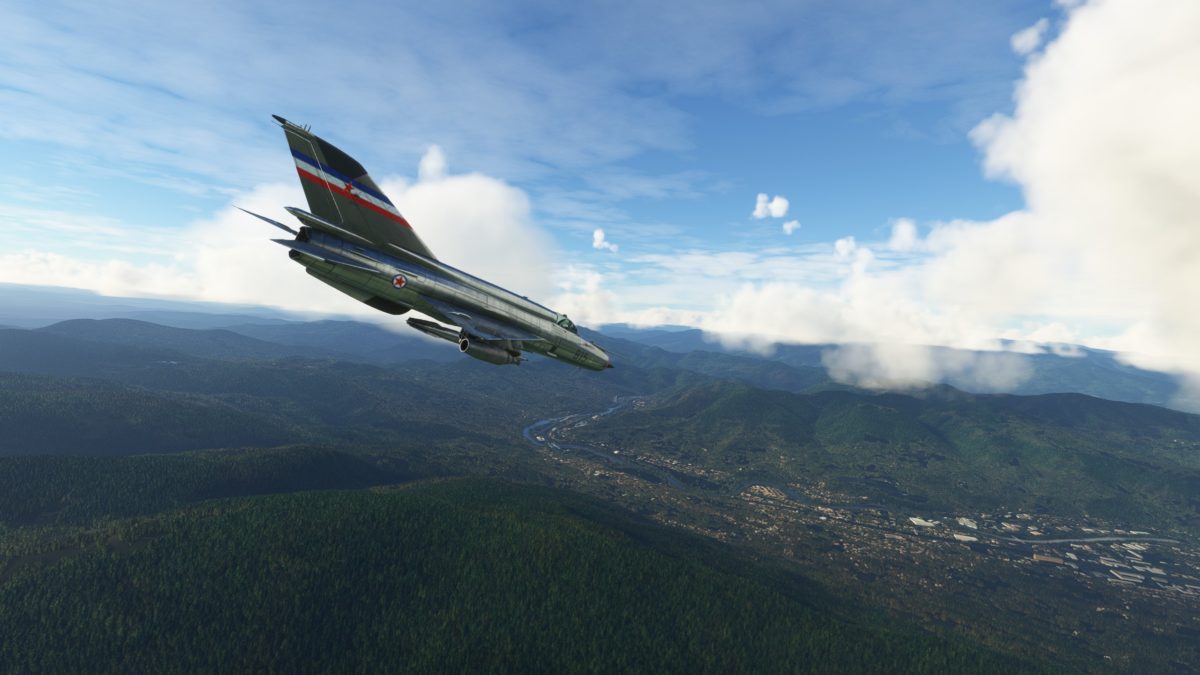
In 1992, the Croatians were able to acquire a handful of MiG-21s from pilots who defected. Together with 40 MiG-21s there were able to purchase in violation of an international arms embargo, they served as the foundation for that country’s new air force.

Croatia is now a NATO member (since 2009), but it still has a dozen MiG-21s. Plagued by accidents, they are scheduled to be replaced next year (2024) by Dassault Rafale F3R jets, purchased second-hand from France.

Romania is another NATO country which inherited a fleet of MiGs from Cold War days. Originally numbering 110, they were significantly modernized in cooperation with Israel from 1993 to 2002.

Despite these improvements, Romania’s MiG-21s have also been plagued by crashes. Only about two dozen are still operational, and are scheduled to be retired later this year (2023), to be replaced by F-16s and eventually F-35s.

Some have proposed that Romania should hand over its retired MiG-21s to Ukraine, to aid in its fight against Putin’s ongoing invasion.

Ukraine doesn’t have any MiG-21s in its air force anymore, but it has a lot of experience flying them, and even hosts a major maintenance depot for them, so it could integrate them quickly.
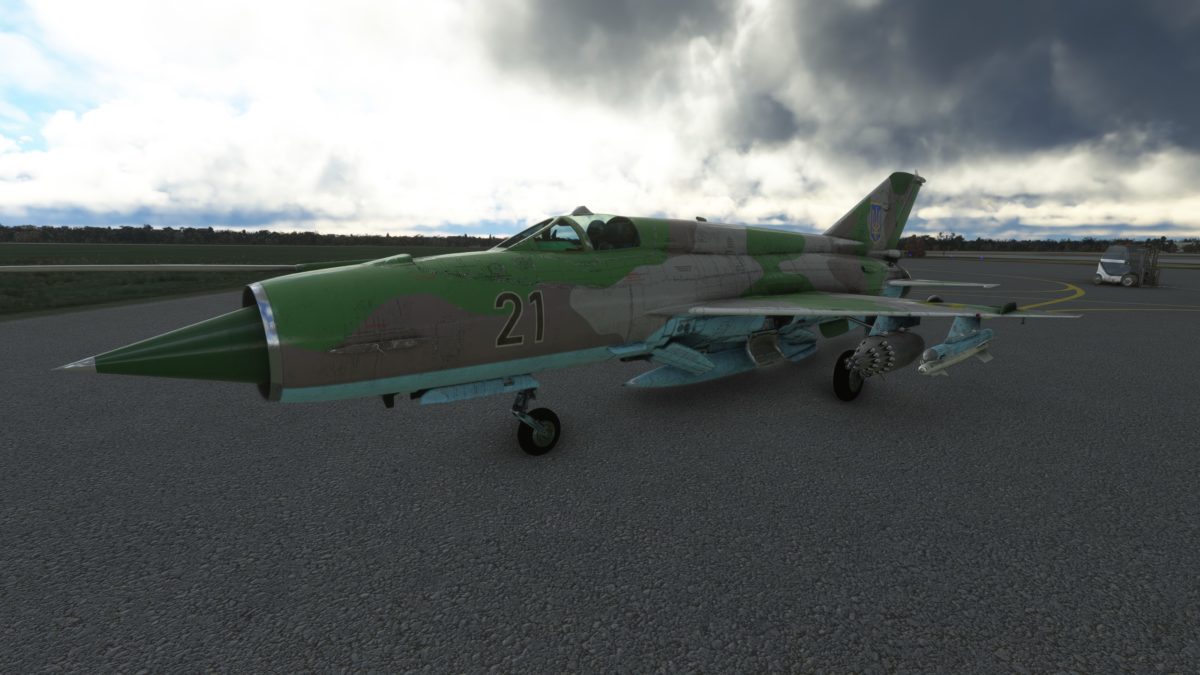
If that does happen, it will add one more chapter – a rather ironic one – to the story of the Russian-made MiG-21, one of the most successful jet fighter planes in history.

Fascinating and well done. Beautiful renderings of the various planes in great historical context. Your mastery of FS is impressive
[…] If you happen to’d prefer to see a model of this story with many extra screenshots and historic photos, you may take a look at my authentic submit right here. […]